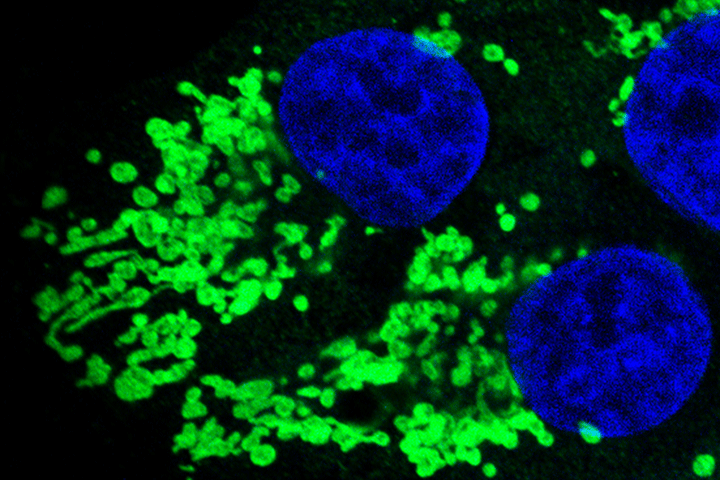Immunotherapy Combination Plus Radiation for Pancreatic Cancer

Will a combination of two immunotherapy drugs plus radiation treatment be an effective treatment for pancreatic cancer?
Two monoclonal antibodies approved to treat melanoma are being tested to treat pancreatic cancer and two variations of colorectal cancer. Researchers are including radiation treatment as part of the trial protocol.
How the Monoclonal Antibodies Work
Some T cells have the ability to kill cancer cells. But one of the ways cancer cells evade the immune system is by producing proteins that bind the T cells of the immune system, inhibiting their ability to recognize and attack the tumor. Nivolumab (brand name Opdivo) is an immune checkpoint blockade drug and works by reactivating T cells to fight cancer cells.
Ipilimumab (brand name Yervoy) targets a protein receptor located on the surface of these T cells; the protein receptor switches off the t cells’ ability to destroy cancer cells. But by binding to this protein receptor, ipilimumab reengages the T cells, allowing the immune system to work more quickly—taking the “brakes” off—and attack the cancer.
Radiation therapy will be given in the standard manner for pancreatic cancer.
Participating in this Trial
This trial is for pancreatic cancer patients whose disease has not been stopped by prior chemotherapy. All participants will receive the same treatment regimen. Researchers are looking for response to the treatment—either the disappearance of tumors, or the stopping or slowing of tumor growth.
We encourage you to consult your physicians for clinical trials that may be right for you. The website ClinicalTrials.gov provides more details about this trial as well as many others. You can visit the Let’s Win Trial Finder for a listing of all active pancreatic cancer clinical trials.





